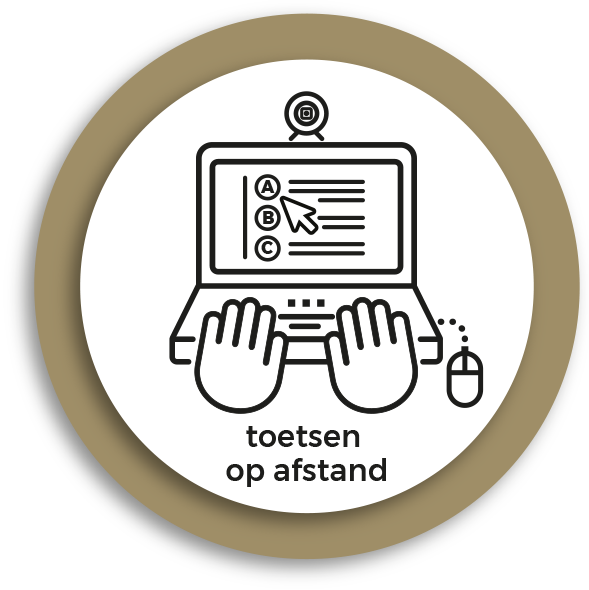Description
A student’s competence in a certain task can be assessed by observing the student while they carry out an activity. Examples could be a clinical procedure, giving a lesson, using software or performing on stage. Although such activities sometimes need be carried out at a specific location, the assessment can take place at any time and location using live conferencing or a video recording. This can be very useful if the examiner is unable to be on campus, or if this takes too much time. A recording can also make it easier for the activity to be assessed by a second examiner or used for peer feedback.
This assessment method is particularly suitable for this scale if the activities can be filmed as a whole from a distance, for example in the case of a theatre performance. This means that everyone is in the picture at the same time, so that the examiner does not need to go through a huge number of videos. Depending on the number of examiners, short activities can also be assessed separately online if the student makes a short recording. However, long or complex individual activities that need to be filmed close-up and assessed in detail, such as complex clinical procedures, are often more difficult to assess remotely.
How
Find out whether location- and time-independent exams are possible, and what the advantages would be.
Some activities, such as an holding an interview or using software, may be carried out by the student at home (or at another location). Other activities, such as a theatre performance or an activity during an internship, are more difficult to assess remotely.
The examiner may choose to watch the activity live, in which case video conferencing or live streaming will be used. In this case, the assessment is location independent, but not time independent. To observe an activity from different angles, several cameras will need to be set up, or someone will be required on location to walk around with a camera. It may also be a good idea to record the activity live, so that it can be reviewed later, for example if the examiner is still unsure of something, or by a second examiner. The student can also benefit from reviewing the recording, either on their own or together with an examiner, to reflect on the learning process or to discuss their assessment.
Another option is to have the student make a video recording, which can be made and watched at any time and location.
Recommended assessment methods
Tips
To make a video recording, the student may need equipment such a good camera, a tripod and one or more microphones. The student needs access to such equipment. Institutions also have special equipment for recording certain activities such as a lesson.
If the students need to set up the recording equipment themselves, provide them with a checklist with clear instructions to ensure that the examiner can see everything they need to. Have the students set up the equipment so that nobody can walk in front of the camera.
In the case of formative assessment, use can be made of peer feedback.

